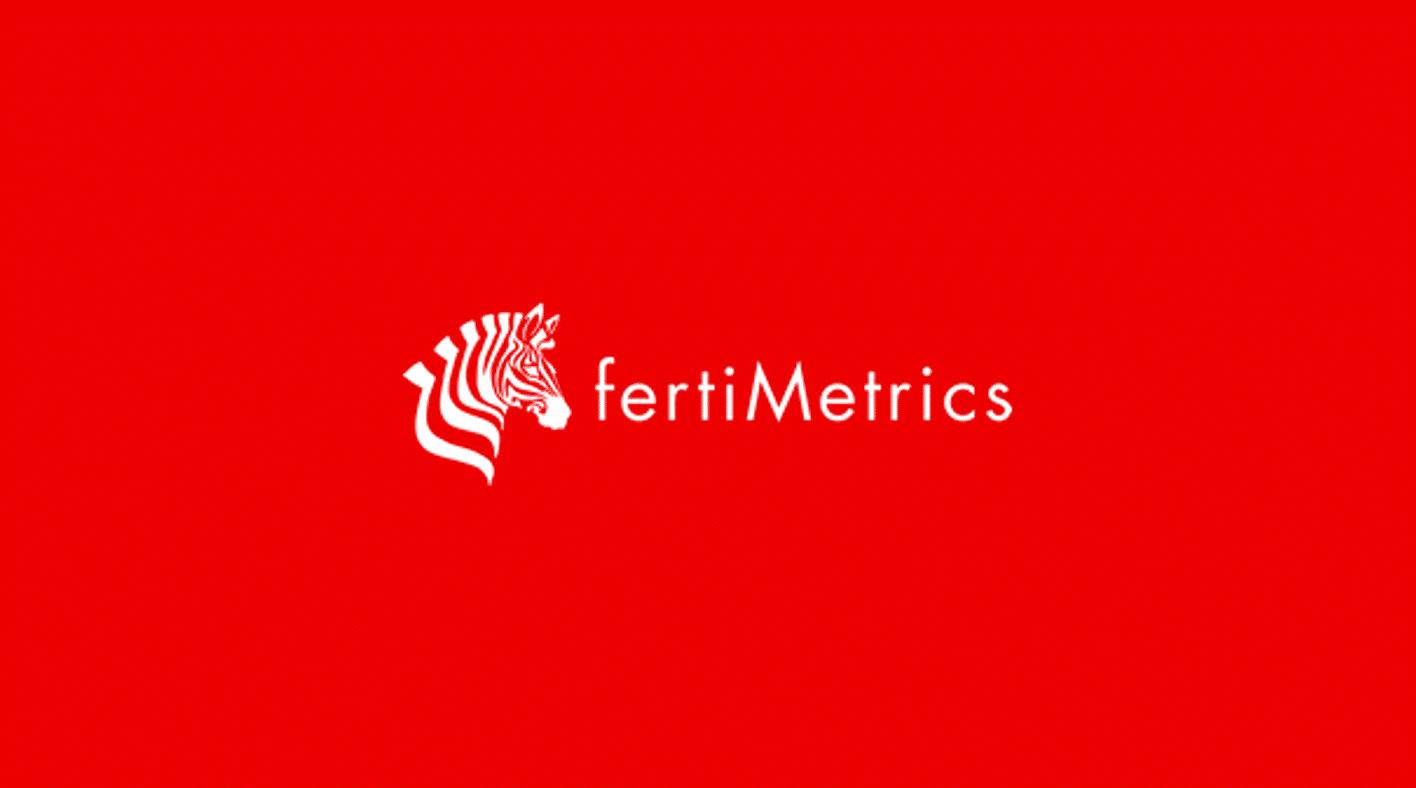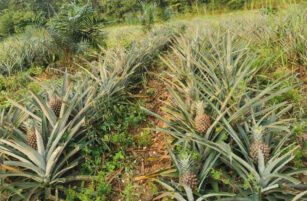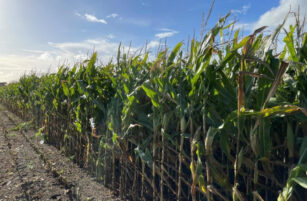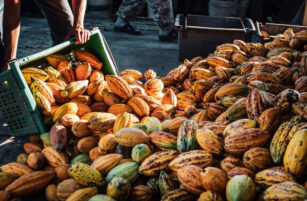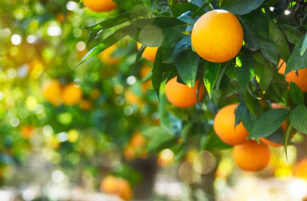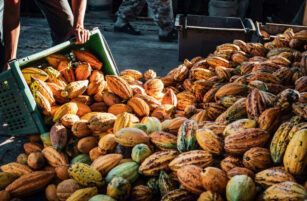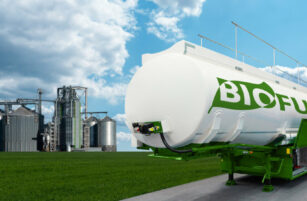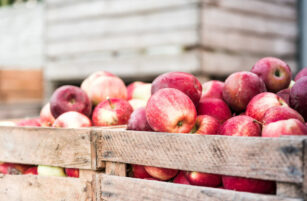Insight Focus
- Urea prices continue to strengthen but this could be jeopardised if China returns to the market.
- There is weakness in the potash and phosphates markets.
- Ammonia remains stable for the time being but arbitrage opportunities are slim.
Urea Price Edges Up
The positive momentum from last week is continuing in the international urea market and prices are edging up, albeit at a slower pace. Current values in the Middle East are around the USD 380/tonne mark and Brazil has been paying upwards of USD 385/tonne CFR. Iranian urea sold this week as high as USD 335/tonne FOB.

In Asia, China is still out of the market with the government holding a firm hand on export restrictions which it is rumoured will only be lifted after the domestic season is over, which could be as far as April.
Malaysian producer Petronas is facing technical issues at two of its three plants. Indonesian Pupuk Holding is said to be coming back into the market with exports, having held back on releasing sales for the past month or so.
Thailand and Australia are both approaching the main buying season between April and September and, with healthy rains in Australia, demand appears to be strong – but availability is limited. This situation led Vietnamese producer CaMau to come out of the woodwork with a reported 80,000 tonnes of export sales this past week at prices around the USD 385-390/tonne FOB levels.
India is expected to announce an import tender on February 5 now that the subsidy budget for the fiscal year of 2024/2025 has been made public. There was an overall subsidy reduction of 13%.
Imports of urea to New Zealand for 2023 fell 19% year over year, landing at 354,000 tonnes, down 85,000 tonnes. Saudi Arabia took the lion’s share at 255,000 tonnes and Malaysia took 80,000 tonnes. For context, in 2021, New Zealand imported 555,000 tonnes of granular urea.
The outlook for the urea price is positive with lots of demand and limited availability. However, if China decides to come back into the market earlier than expected, price increases could cool.
Processed Phosphate Shows Weakness
On the processed phosphate side, only India appears active despite the fact that the government has yet to announce any subsidy increases for the Rabi season in conjunction with the announcement of the fiscal year 2024/2025 subsidy rates. Rates for P and K fertilisers dropped 34% to INR 185 billion (USD 2.2 billion).
OCP imported 115,000 tonnes of DAP at prices between USD 590-595/tonne CFR, which generated a loss exceeding USD 100/tonne for importers in India. India’s CIL reported that it has agreed a price of USD 968/tonne CFR for phosphoric acid during the first quarter with JPMC of Jordan. This price is down USD 17/tonne on the fourth quarter 2023 price of USD 985/tonne CFR. This also marks a steep descent from the peak of USD 1,715/tonne CFR during the second and third quarters of 2023 and is substantially below the highest ever recorded at USD 2,130/tonne CFR in 2008.

MAP prices in Brazil are holding at around USD 560/tonne CFR despite affordability being an issue due to lower agricultural commodity prices.
China imported a record 1.4 million tonnes of phosphate rock in 2023, up 43 times year over year. About 80% came from Egypt. Exports of processed phosphates by OCP of Morocco for the January to November 2023 period hit 9.8 million tonnes, up 11% year over year. OCP’s production capacity is a whopping 15.4 million tonnes.
The outlook for processed phosphates for the next six months is one of lower prices due to sluggish demand and increased availability with China re-entering the market.
Potash Hits Lowest Level Since 2021
The potash market is sluggish with prices decreasing across the board. The sentiment is bearish as the Southeast Asia granular MOP benchmark price came down to USD 337.50/tonne CFR, the lowest level since July 2021. The standard MOP benchmark price is now between USD 290-300/tonne CFR — the first time the price has dropped below USD 300/tonne since June 2021.
The Brazilian CFR price for MOP is flat at between USD 290-300/tonne CFR with some indicating lower workable levels to between USD 270-280/tonne CFR.

China imported 11.7 million tonnes of potash in 2023, up from 8 million tonnes in 2022. Belarus’ potash exports increased 80% to 3.4 million tonnes whilst Russian deliveries increased 76% to 3 million tonnes. Canadian imports on the other hand decreased to 2 million tonnes — a drop of 19.4%.
Ammonia Price Remains Stable
The international ammonia market remains long heading into February. Demand from the agricultural and industrial sectors is sluggish, although demand is expected from the new agricultural season in the northern hemisphere.

Competitive gas prices in Europe also means that demand from other regions has dropped with sourcing now increased within the region.
The situation in the East is more challenging with the Red Sea issue eliminating limited arbitrage opportunities. The prospects of production curtailments in Asia or maintenance are increasing unless demand picks up.
Prices are assessed as stable in most regions this week and unchanged from last week.
